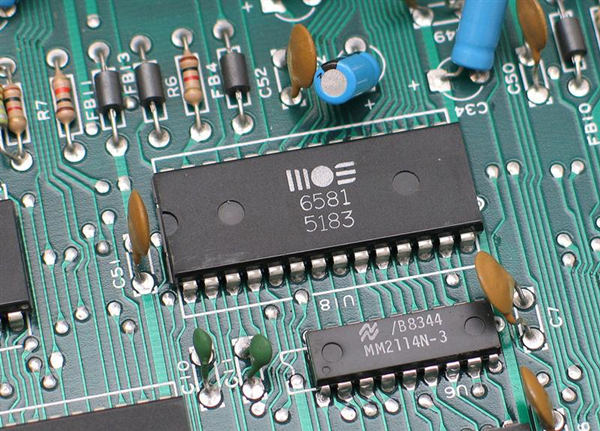


● Manual soldering
● Dip soldering
● Wave soldering
● Selective soldering
Instant Quote
Full feature prototype PCB custom service at low cost.
Flexible PCB
Customized FPC service with high standards
Rigid-Flex PCB
High precision rigid-flex PCB customized service
PCB Assembly Quote
Leading assembly factory with Siemens production line
SMD-Stencil
Laser cutting high precision stencil service
Through-hole technology almost completely replaced earlier electronics assembly techniques such as point-to-point construction. From the second generation of computers in the 1950s until surface-mount technology (SMT) became popular in the late 1980s, every component on a typical PCB was a through-hole component.

Through-hole Soldering
Here are several typical through-hole soldering method:
Manual Soldering
Manual soldering is suitable for very small run production. Welding quality depends on the operators’ experience and skills. And it can be improved through training courses and standards.
Dip soldering
With this soldering method, the operators need to be close to hot solder pot and flux smoke. Thus, this method is more difficult to do and it is dangerous for the operators.
Advantage: low cost of per solder joints, fast soldering speed.
Wave Soldering
Wave soldering is the most common and effective way. The system of wave soldering has a big enough wave soldering tin that is able to handle the maximum expected board width. Wave soldering is usually applied in medium-volume or large-volume PCB soldering.
Selective Soldering
Selective soldering is a special soldering method. When some components have been installed on PCB board, wave soldering is unable to be used for installation of through-hole components so that selective soldering becomes the only way to solder through-hole components on the board.